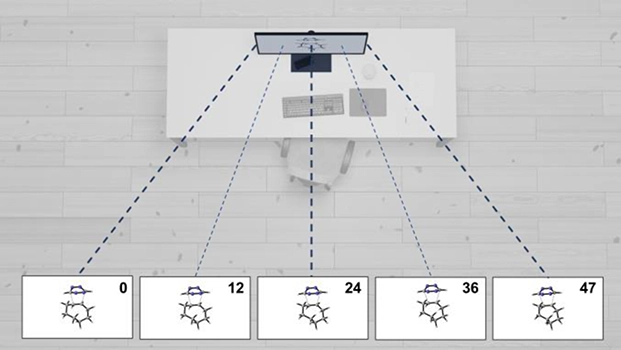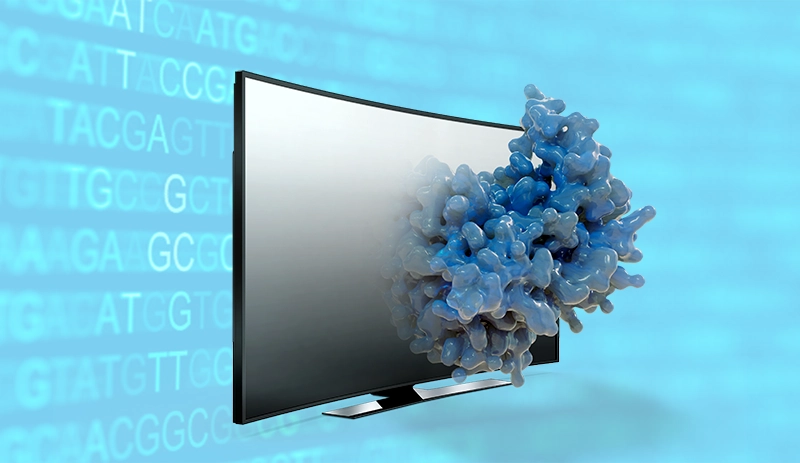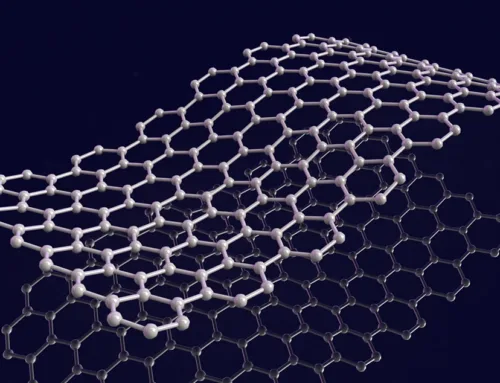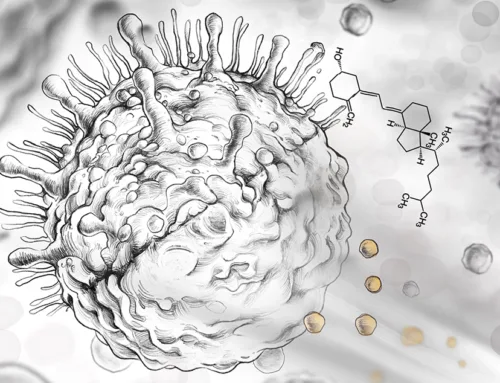Autostereoscopy is a 3D display technique that enables people to view 3D pictures without the usage of special glasses or headsets. Autostereoscopic displays present different pictures to each eye using a variety of optical components, such as parallax barriers or lenticular lenses. By generating various views of the same thing and directing them to each eye, the brain is capable of interpreting the images in 3D. As a result, 3D visuals may be perceived without the use of special glasses. On this page, we will discuss the application and the recent paper about autostereoscopy of molecules and proteins.
Application of autostereoscopy
Autostereoscopy has usages in various areas such as entertainment, digital marketing, medicine, and education. Autostereoscopy has been employed in the entertainment sector to produce 3D films, video games, and virtual reality experiences. Autostereoscopy technology allows companies to exhibit their products and services in 3D, providing customers with a more immersive and engaging experience. In the medical industry, autostereoscopic displays are also utilized to examine 3D views of body components during surgical procedures. Autostereoscopic displays have been applied in the education industry to provide interactive 3D learning environments.
Autostereoscopy of molecules and proteins
Chemistry is one of the scientific domains that mainly rely on 3D representation to depict material molecular structures. Digital 3D models are frequently used to give a more precise and thorough visualization of molecular structure. Despite the fact that 3D models are common in chemistry, presentations of them usually take place on 2D surfaces like paper or computer displays. This projection of a 3D object onto a 2D surface can result in the loss of essential data, including depth and parallax. Autostereoscopic displays can solve this challenge by creating 3D representations of molecular structures.

Paper title: “Holographic” Autostereoscopic Displays: A Perspective on Their Technology and Potential Impact in Chemistry
Author: Dr. Dennis Svatunek
Chemistry—A European Journal (doi.org/10.1002/chem.202301746)
Drawbacks of autostereoscopy
Autostereoscopic displays have also some drawbacks that restrict their quick general use. Their shortcomings include limited resolution, expensive costs, and the possibility of creating eye strain. Nonetheless, the future of autostereoscopy is hopeful, and many researchers are working to overcome these obstacles.
How to create 3D scientific images?
After understanding the application of autostereoscopy of molecules and proteins, the big question is how we can access or create 3D chemistry models. In order to design an excellent and beautiful 3D scientific image for your article, you can use packages of scientific illustration at Inmywork website.
Or you can hire professional scientific illustrators in Inmywork.com and they use various software such as 3D software is typically used simultaneously





Leave a Reply